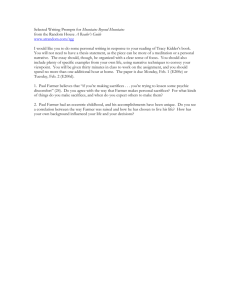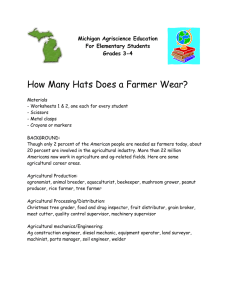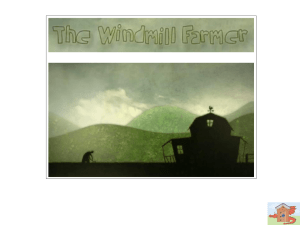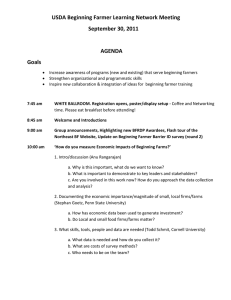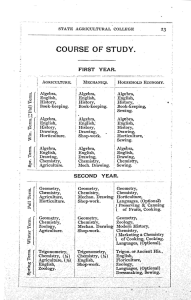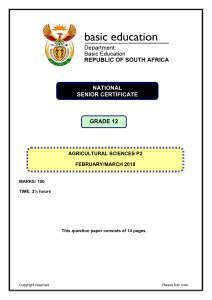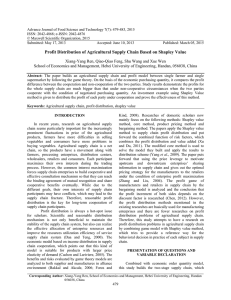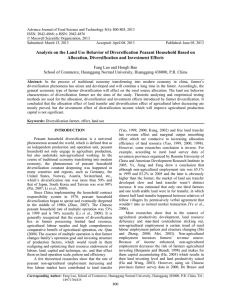Experience in Supervising a Farmer Network for Sustainable Agriculture
advertisement
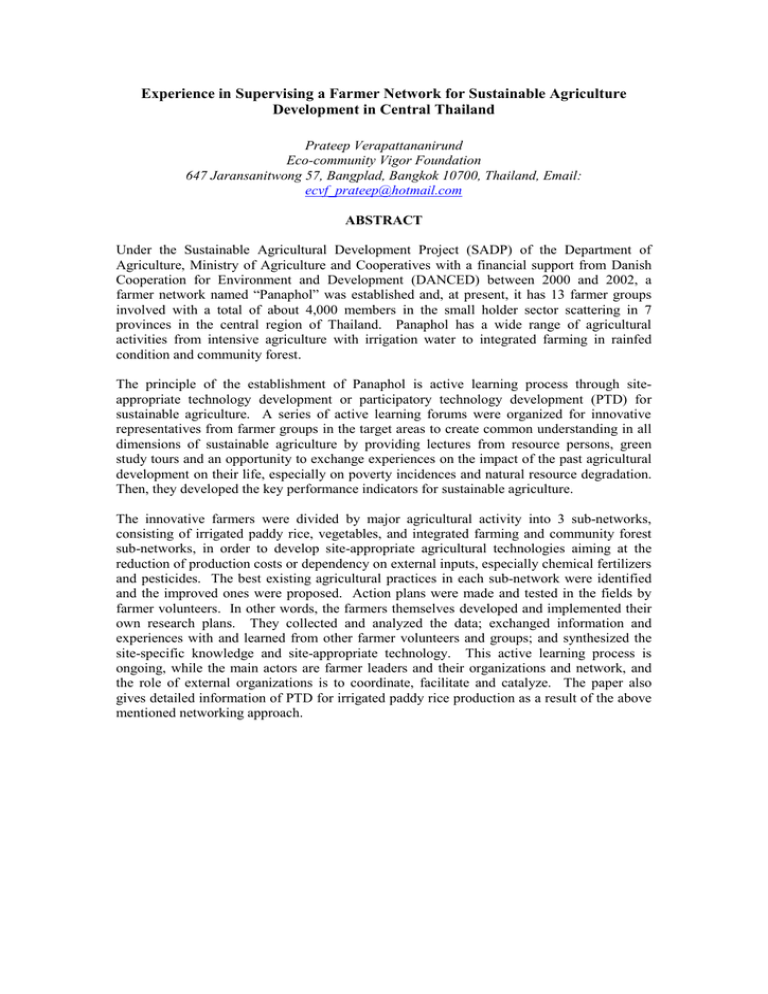
Experience in Supervising a Farmer Network for Sustainable Agriculture Development in Central Thailand Prateep Verapattananirund Eco-community Vigor Foundation 647 Jaransanitwong 57, Bangplad, Bangkok 10700, Thailand, Email: ecvf_prateep@hotmail.com ABSTRACT Under the Sustainable Agricultural Development Project (SADP) of the Department of Agriculture, Ministry of Agriculture and Cooperatives with a financial support from Danish Cooperation for Environment and Development (DANCED) between 2000 and 2002, a farmer network named “Panaphol” was established and, at present, it has 13 farmer groups involved with a total of about 4,000 members in the small holder sector scattering in 7 provinces in the central region of Thailand. Panaphol has a wide range of agricultural activities from intensive agriculture with irrigation water to integrated farming in rainfed condition and community forest. The principle of the establishment of Panaphol is active learning process through siteappropriate technology development or participatory technology development (PTD) for sustainable agriculture. A series of active learning forums were organized for innovative representatives from farmer groups in the target areas to create common understanding in all dimensions of sustainable agriculture by providing lectures from resource persons, green study tours and an opportunity to exchange experiences on the impact of the past agricultural development on their life, especially on poverty incidences and natural resource degradation. Then, they developed the key performance indicators for sustainable agriculture. The innovative farmers were divided by major agricultural activity into 3 sub-networks, consisting of irrigated paddy rice, vegetables, and integrated farming and community forest sub-networks, in order to develop site-appropriate agricultural technologies aiming at the reduction of production costs or dependency on external inputs, especially chemical fertilizers and pesticides. The best existing agricultural practices in each sub-network were identified and the improved ones were proposed. Action plans were made and tested in the fields by farmer volunteers. In other words, the farmers themselves developed and implemented their own research plans. They collected and analyzed the data; exchanged information and experiences with and learned from other farmer volunteers and groups; and synthesized the site-specific knowledge and site-appropriate technology. This active learning process is ongoing, while the main actors are farmer leaders and their organizations and network, and the role of external organizations is to coordinate, facilitate and catalyze. The paper also gives detailed information of PTD for irrigated paddy rice production as a result of the above mentioned networking approach.



